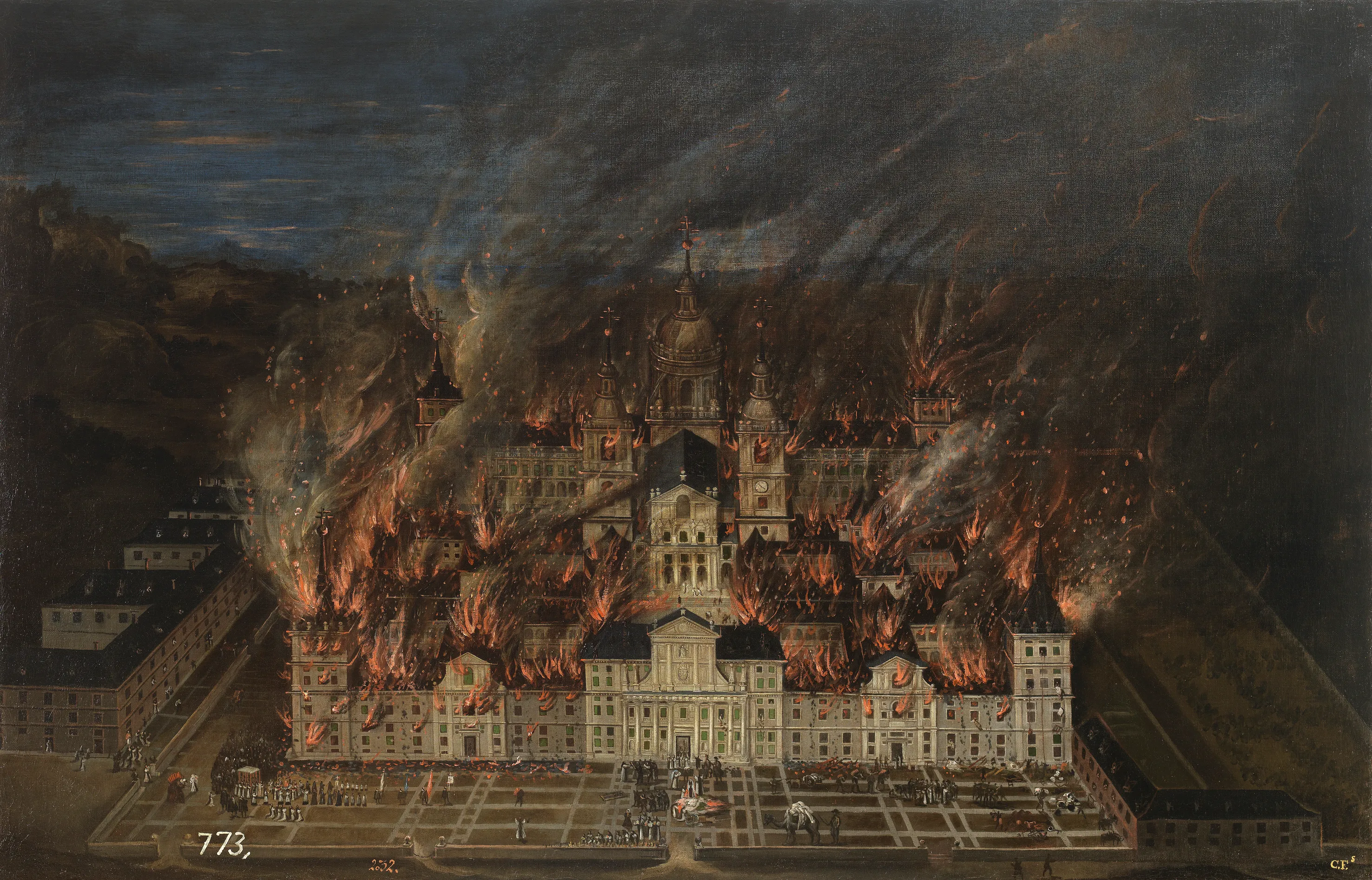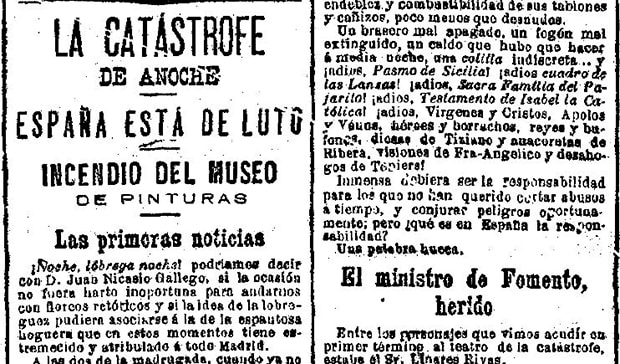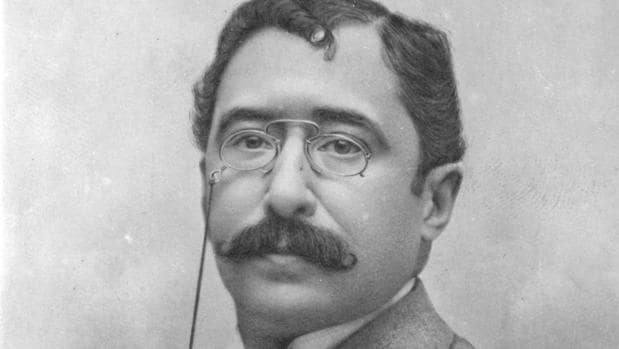
The fire that saved the Prado Museum
Did you know that the Prado Museum almost burned down in 1891? No, it is not a real tragedy, but an ingenious journalistic ploy that served to awaken the interest and concern of the people of Madrid for their artistic heritage. We tell you the story of how a fake fire saved Spain's most important museum.
The Prado Museum was inaugurated in 1819 as a public art gallery that housed the royal collections of painting and sculpture. During the 19th century, the museum expanded its holdings with works from convents, churches and disentailed palaces, as well as with donations and acquisitions. However, the building did not receive adequate maintenance or the necessary reforms to adapt to the new needs. At the end of the 19th century, the museum was practically abandoned, the workers lived on the premises and some rooms were heated by bonfires. The central government did not react to such a situation until Mariano de Cavia published false news of a fire on the front page of El Liberal.

Mariano de Cavia was a journalist and writer who collaborated with the newspaper El Liberal, directed by José Ortega Munilla, father of the philosopher José Ortega y Gasset. Cavia was passionate about art and a defender of the Prado Museum, which he visited frequently. Faced with the state of abandonment and deterioration of the museum, he decided to launch a campaign to raise public and government awareness of the need to protect and improve this jewel of our culture. To this end, he devised a fake news story that caused a great impact: on March 8, 1891, El Liberal published on its front page that the Prado Museum had suffered a fire that had razed a large part of its masterpieces.

Mariano de Cavia, journalist who spread the false news about the fire
The news was so detailed and plausible that many readers believed it and went to the museum to check the extent of the disaster. There they found that it was all a lie: the museum was intact, but also neglected and forgotten. The reaction of the people of Madrid to this hypothetical destruction was so astonished that the State was forced to undertake reforms and take better care of the museum. Cavia himself was in charge of denying the news the next day, explaining that it was a joke with pedagogical and cultural purposes.
The false news of the fire at the Prado Museum was a journalistic genius that managed to mobilize society and the government in favor of art. Thanks to it, the museum received more attention, resources and visitors, and became what it is today: one of the most important and prestigious museums in the world.
If you are interested in learning more about the museum, we recommend El Prado Guía de Arte, an essential art guide to discover and learn the essentials of the greatest works, artists and styles in the Prado Museum, including some of the greatest artists of universal painting.
You can buy it at: https://www.amazon.es/Prado-Art-Guide-essential-masterpieces/dp/8418943408

